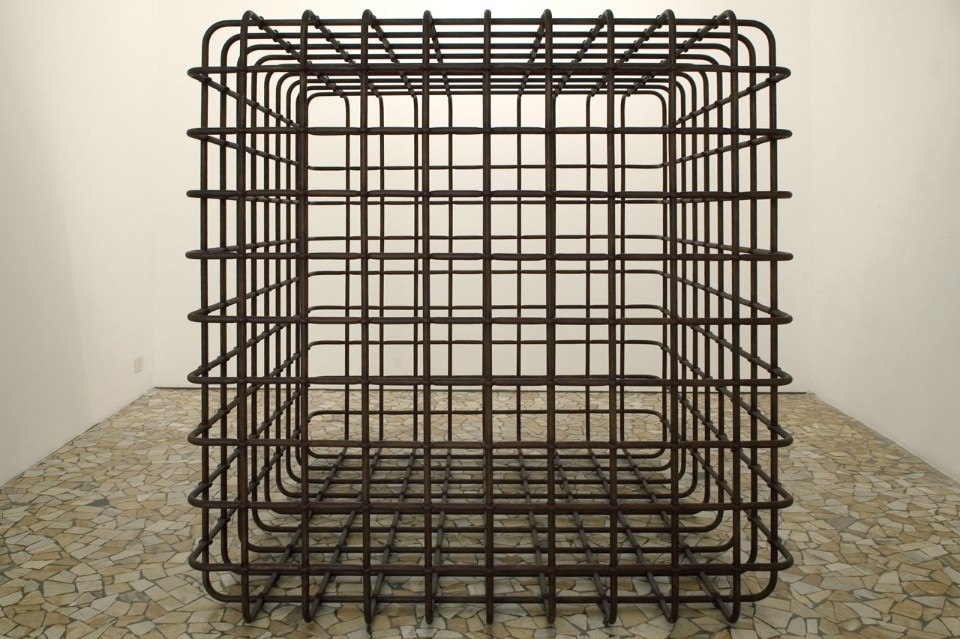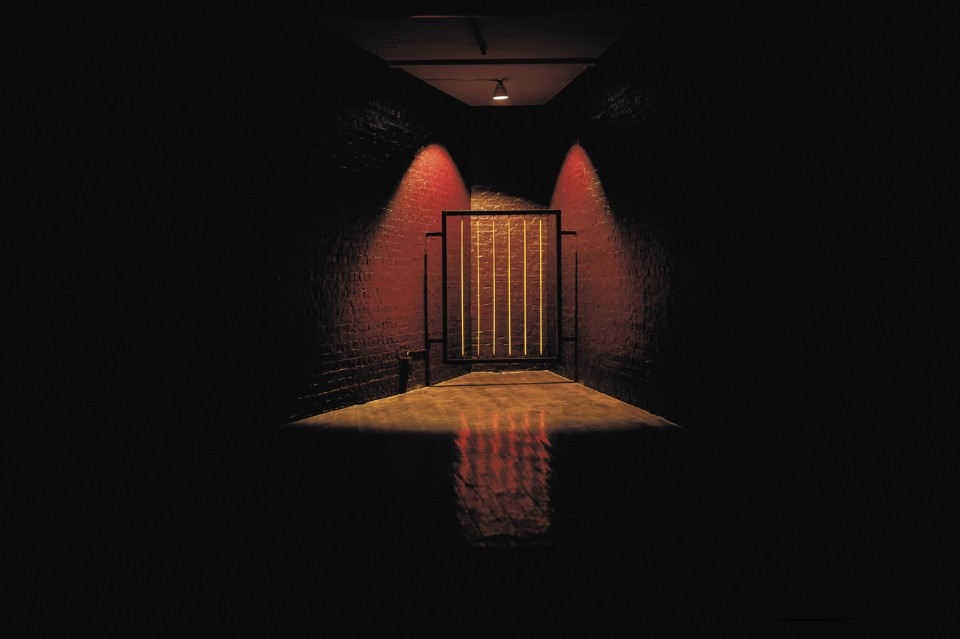1/ As Pierre Bourdieu observed more than 30 years ago (in Distinction), the super-ordination/subordination relations and the reproduction of social divisions and hierarchies tend nowadays to rely increasingly on seduction instead of normative regulation, on production of desires instead of coercion, and on PR (public relation exercises) instead of policing. That reliance, we may add, increases in parallel with the passage from a “society of producers” to a “society of consumers”.
2/ Like all models of social order, the presently emerging model, which is no longer construed after the pattern of the “Fordist factory”, but more after the pattern of a shopping mall and operated by the mechanisms described by Bourdieu, selects differently the sections of society unfit for inclusion. Instead of the “dangerous classes”, rebels or revolutionaries, aiming to disable or take over the means of coercion and to redefine the content of normative regulation, it is the “flawed consumers”, individuals and the categories of individuals insensitive to seduction and/or incapable of acting on their desires for the dearth or lack of resources, who are classified and set apart as unfit to be included in society (the classification aptly conveyed by the name of the underclass = below, and thus outside, the class order).
3/ In their original form, postulated by Jeremy Bentham and retrospectively recorded by Michel Foucault, panoptical mechanisms of domination were aimed at immobilising the surveilled, at keeping them in place and inside the routine behavioural regime, and at preventing their escape or deviation. Now they are limited to and focused exclusively on the “unfit” (read: those insensitive to the abovementioned regulatory devices applied to the majority of the population). Intended in the past to be applied universally (considered proper and hoped to be effective for factory and office employees, soldiers in barracks, schoolchildren, hospital and mental-hospital patients, prisoners and paupers in workhouses alike), they are now operated mainly in the places of incarceration. In addition, the emphasis in the declared purpose of surveillance has moved from the inculcation of a particular behavioural routine to the pre-emption of escape and mischief.
4/ As Thomas Mathiesen suggested, in the case of the “majority” the application of the control-through-surveillance strategy of domination has moved from “everyone watching everyone else” (in pre-modern times), through “a few watching all” (in the “panoptical” phase of modernity) to the “all watching a few” phase (which he dubbed “synoptical”). Parallel to the replacing in the tool-box of social control, coercion and policing by seduction and PR (the popular surveillance of idols and celebrities, of people in the limelight turned into objects of admiration and emulation) has replaced the surveillance of all by the agents of authority.

5/ Although the trend spotted and described by Mathiesen is no doubt important, it is neither the sole, nor arguably the principal departure in the continuing history of the “mainstream” deployment of surveillance. For example, the “few watching the many” setting also remains in force within the “hard core” of social order; if anything, it now becomes more ubiquitous, more sophisticated and technologically better equipped than ever in the past, and it has also advanced further than ever down the road to complete deregulation and privatisation. But most importantly, it has been imbued with a radically different objective. Its principal and over-arching function is to keep out the outsiders (read: the undesirables), instead of keeping in (read: inside the normatively regulated area and inside the obligatory routine) the insiders (read: the-already-otherwise-and-adequately regulated). We may say that Big Brother together with his rapidly proliferating agents and plenipotentiaries have been re-deployed to serve the exclusion (and the prevention of the “return of the excluded”) of a rapidly growing multitude of sorts: unwelcome immigrants, unlikely customers of shopping malls, obtrusive beggars, uninvited visitors of gated communities, residents of banlieus and urban ghettoes in the city centres, the unworthy of credit in the banks, etc. In a nutshell, the function of Big Brother Mark II is to maintain a watertight borderline separating the fit from the unfit (the metaphor recently made flesh by airport security officers confiscating bottled water at the entry to departure lounges). The original Big Brother kept his eyes fixed on the exits; his offspring’s eyes are focused on the entrances.
6/ Surveillance aimed at keeing the entrances impassable is presented to its objects, advertised and sold to the public under the banner of security. It is hardly ever explicitly stated in advertising that the idea of “security” is defined, and manifested in action, as primarily the task of excluding all humans assumed “unfit” (that is, counterproductive or simply indifferent to the smooth operation of the currently deployed mechanisms of social control). It is, nevertheless, all too evident in practice and easy to deduce. The objects of ubiquitous and obtrusive surveillance (and that means surveillance of us all; to serve its genuine purpose, today’s surveillance cannot but be universal and must refuse any exemption) are induced to accept the intimate link between exclusion and security and so to accept, placidly and with little resentment, the practiced strategy and thus also the facts of increasingly radical inroads on our privacy, of being constantly under surveillance, and of the beneficial effects of exclusion despite its moral oddity. To diminish the chance of resentment still further, the public (themselves the potential targets of exclusion and so permanently and in all areas of life exposed to the threat of exclusion) are invited to participate actively “in the game” – voting for example to evict undesirables from the Big Brother reality shows, or confessing in public which of their faults made their exclusion from The Weakest Link show well deserved and a foregone conclusion.
7/ Once it becomes principally a vehicle of exclusion, surveillance casts members of society as simultaneously perpetrators and objects, executioners and victims; it transforms its potential victims or “collateral casualties” into its active or passive accomplices or sympathetic by-standers. Paradoxically, yet to great effect, it breeds the “vested interests” of its prospective victims in the perpetuation and further exacerbation of the control-through-the-threat-of-exclusion strategy of domination.
This tends to be achieved through:
(1) re-representing exclusion – the prime cause of ambient anxiety and fear endemic to life lived in the liquid-modern condition – as a preferable and allegedly effective therapy against that bane, one promising to provide the sought-after security;
(2) beefing up the anxiety that prompts the popular demand for the state-provided therapy and state-guaranteed security by initiating repetitive, and preferably continuous, “states of emergency”, signalling the intensification of threats and so also the need for greater vigilance and exclusionist practices;
(3) condensing the manifold and multi-source fears on targets that allow the exercising of state-administered fear-placating undertakings in maximally spectacular fashion, widely visible and avidly watched not least for its entertaining assets (for instance, the state can do little or nothing to mitigate security threats emanating from the fluidity of de-regulated labour markets or from the weakening and crumbling of inter-human bonds; but it can be seen as acting decisively and fighting valiantly when deporting illegal immigrants or arresting and imprisoning alleged terrorist plotters).
8/ The ubiquity of surveillance devices has by now reached the stage in which it is self-sustaining and self-fertilising. The sheer multitude and magnitude, visibility and obtrusiveness of such devices create and feed the atmosphere of “besieged fortresses” and a mindset of permanent emergency, which in turn prompts and legitimises demand and calls for their further, accelerated growth and boosts the popular acclaim of measures promised to answer them. Surveillance today is a sieve servicing its own perpetuation: a sieve selecting proper surveillance targets (undesirables) from those that can/may/should be left out (since passing the test of non-undesirability). Those left out, however, have already been un-trained of the art of self-guidance and weaned out of practicing it, and need to buy surveillance to fill the gap left after withdrawal of socially provided surveillance. Hence the present-day “counselling boom”: the fast rising demand for counsellors, live or electronic, but in both cases as fragmented as the selves that need them. The amazing career of the Facebook website is capitalising on that tendency.


